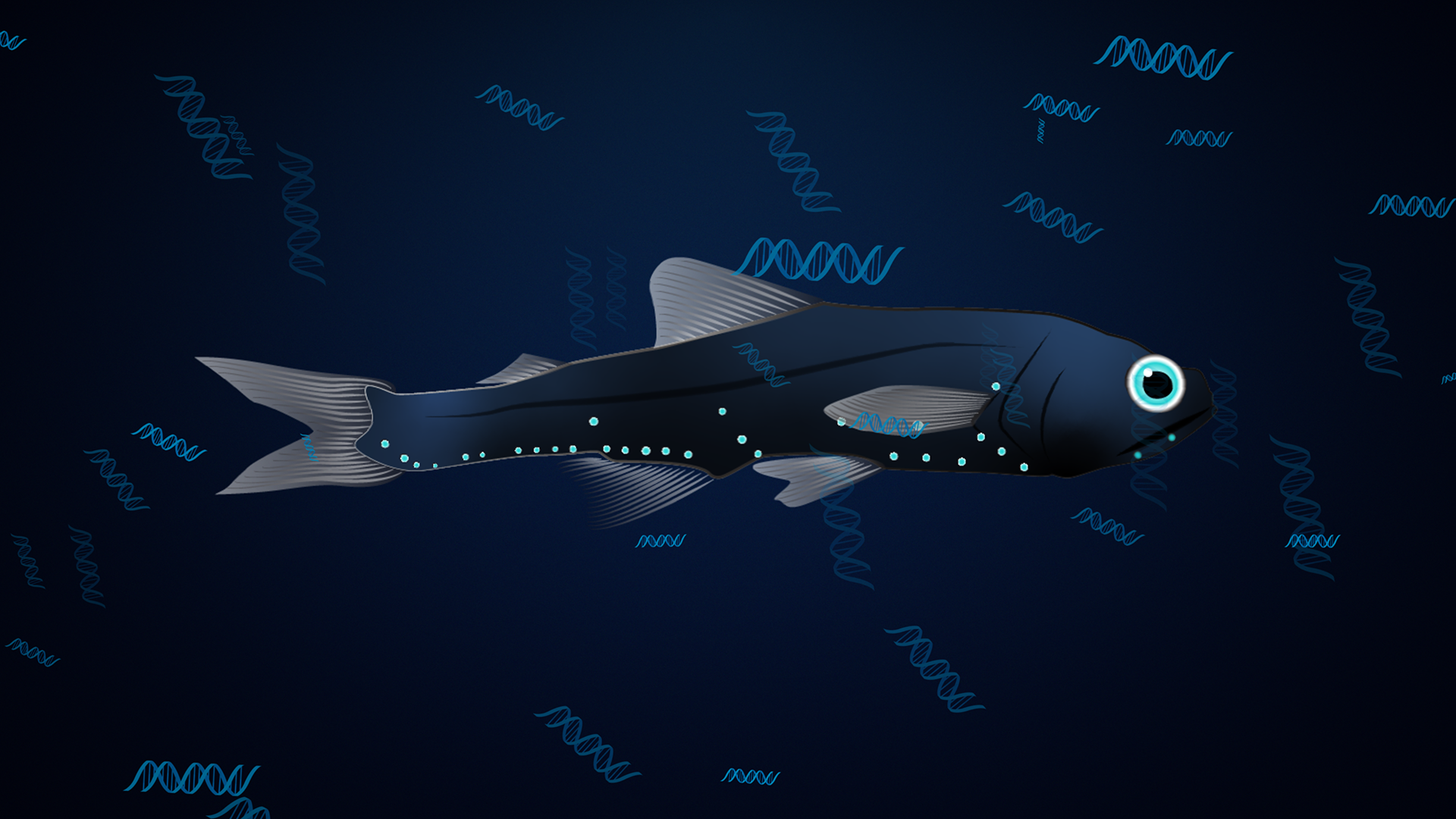How we explore the Ocean Twilight Zone: Emma Cotter on broadband acoustics November 6, 2020
WHOI post-doc Emma Cotter gave a virtual presentation recently to the Pacific Marine Energy Center describing how scientists like her use broadband acoustic and optical sensors to study life in the twilight zone--by actually putting her sensors in the twilight zone. It's not as easy as it might sound. There's a lot of life in the mesopelagic, but it's very spread out and some organisms are very nearly made of seawater themselves. Her work, and that of the rest of WHOI's OTZ team are rewriting the book about what we know lives down there, just at the edge of sunlight.







